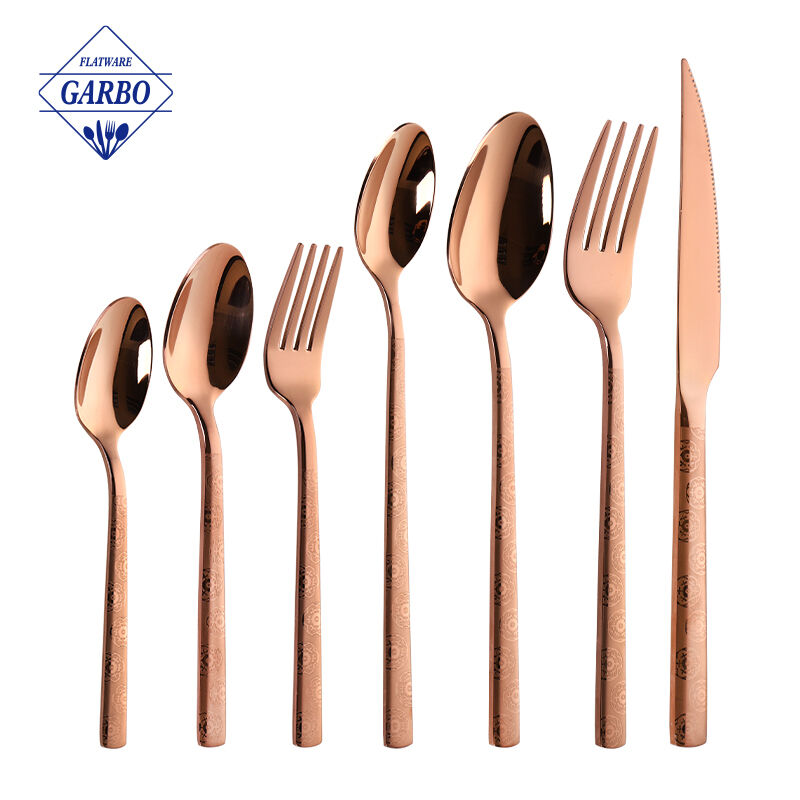Pulished on Oct. 07, 2024
As we all know,normally, the stainless steel tableware materials include 18/10 (316ss), 18/8 (304ss), 18/2 (201ss), 18/0 (430ss), 13/2 (420ss), 13/0 (410ss). So how do you distinguish different materials?
Name | 18/10 | 18/8 | 18/2 | 18/0 | 13/2 | 13/0 |
Material | 316ss | 304ss | 201ss | 430ss | 420ss | 410ss |
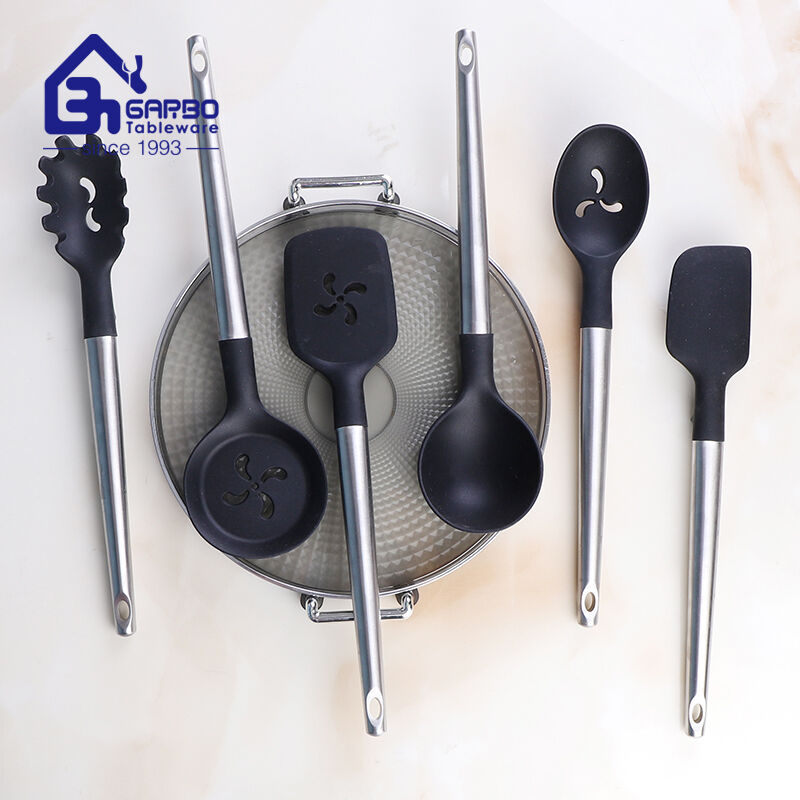
316ss (18/10) is mainly used for medical materials.
304ss (18/8) is food grade, rust-proof, and non-magnetic. It cannot be seen on the surface, but it can be tested with a magnet. European and American customers prefer to buy 304 material.
201ss (18/2), cannot pass any test, contains copper, slightly toxic, soft, very tough, non-magnetic (not visible on the surface, but can be tested with a magnet), mainly used in the Middle East regions, because it is non-magnetic, and the polishing brightness effect is better,.
It can be said to be fake 304. Because 201 material will rust if placed in water for a long time, it is not rust-resistant.
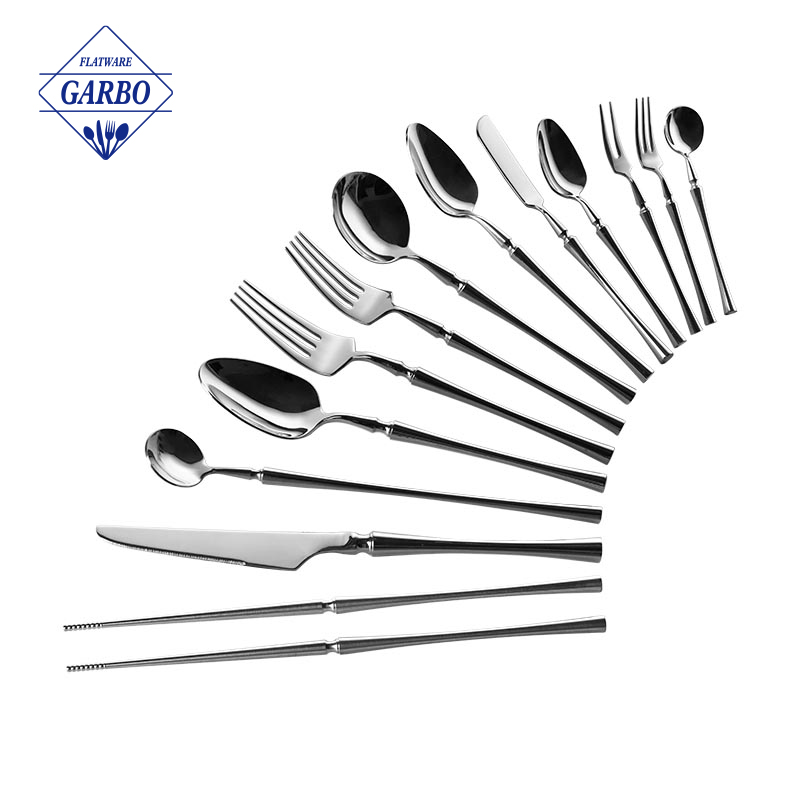
430 ss(18/0): 5 more chromiums are added to 410 (430 is softer than 410), and it can pass the food grade test, especially the French standard DGCCRF test, which is healthier; it can pass the salt spray oxidation test and component test, and can be used as knives, forks and spoons,
except for steak knives, kitchen knives, etc. that require hardness. This material is magnetic.
420ss (13/2), indicates carbon element, which increases hardness. Steak knives, kitchen knives, etc. must be heat treated at 1300°C and calcined to be magnetic.
410ss (13/0): 410ss cannot pass the food grade test, the salt spray oxidation test (it will rust in a 72-hour salt water test) and the ingredient test (raw material test). It can be used to make knives, forks and spoons (but steak knives, kitchen knives, etc.
that require hardness) (magnetic) and is mostly used in South America, Russia, Southeast Asia, and Africa.
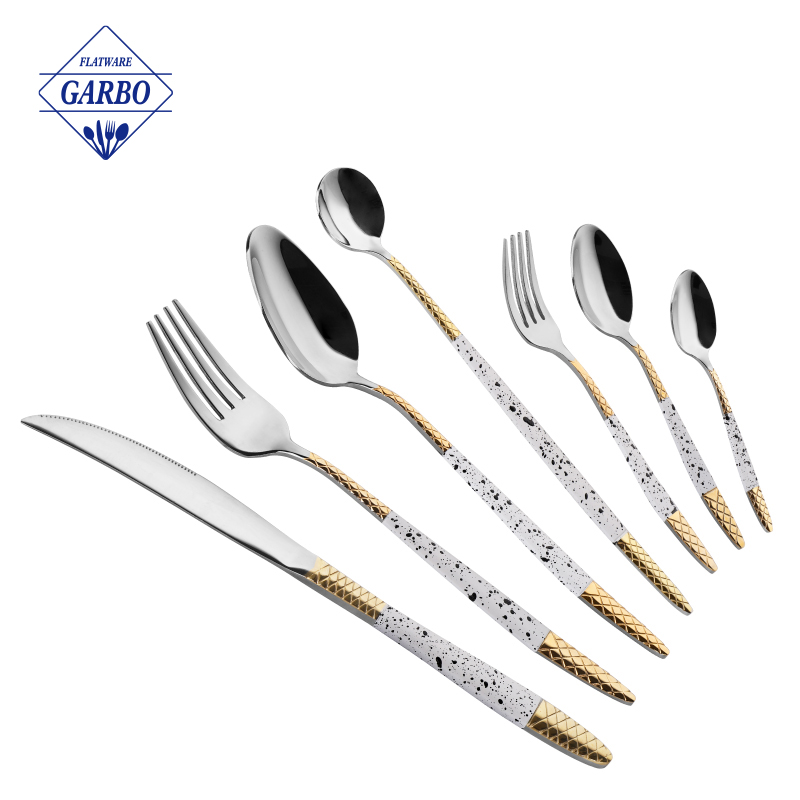
Some buyers may wonder whether the material of the product needs to be considered when increasing or decreasing the thickness of the same product? Can the thickness of any material be changed?
The answer is that the thickness of any material can be changed by re-molding.
All stainless steel will rust when exposed to strong acids and alkalis. For the materials we use now, only 430ss and 304ss can pass the European standard test, similar to LFGB; 410 materials can only be tested for ordinary food contact safety.
Regarding the anti-rust test, 410ss cannot pass; 201ss materials are not recommended in Europe and the United States. 201ss materials are mostly used in Russia, Egypt, Iran and other Middle Eastern countries. The main reason is that they are not magnetic, so it can be assumed that they are 304ss.
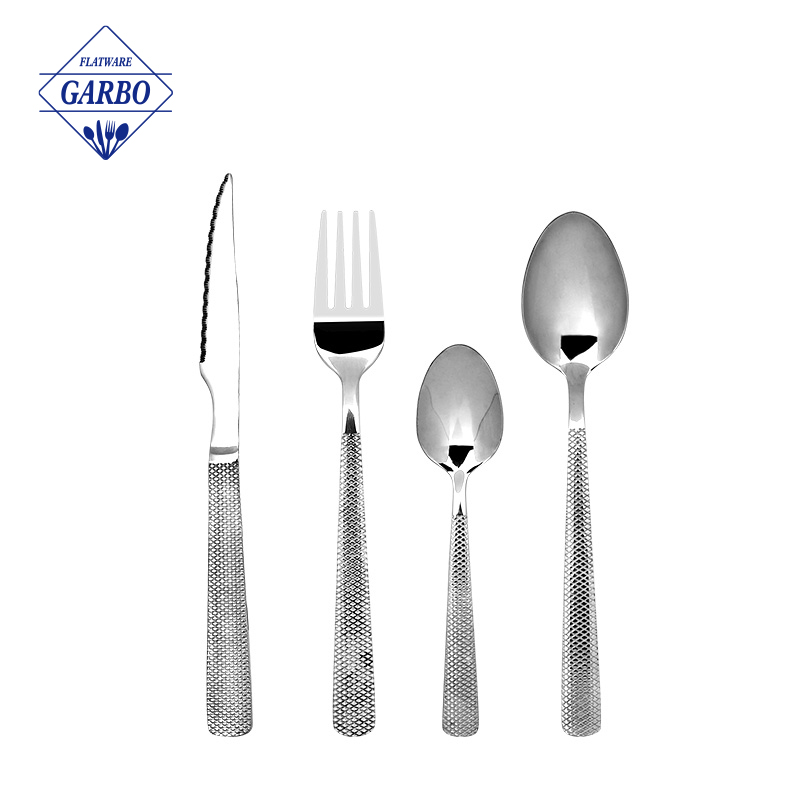
In addition to all-steel handles, some tableware has handles made of different materials, including plastic handles, ceramic handles, wooden handles, bamboo handles, etc., so can these handles pass the food grade test? The answer is yes!
They can all pass the food grade test. But the ABS handle (the plastic interface between the hardware and the handle) cannot pass the food grade test because it is plated with a layer of nickel.
If you need more ideas about the details about it, pls welcome to contact us at free, we will give you more professional suggestion.
